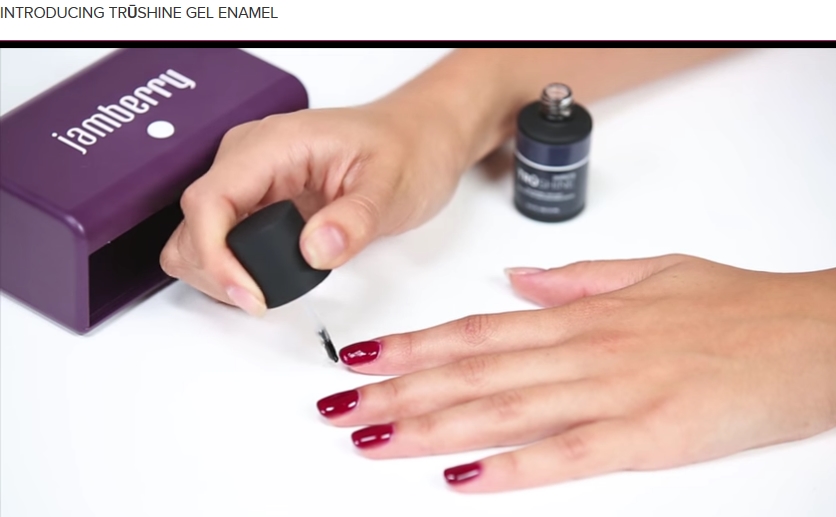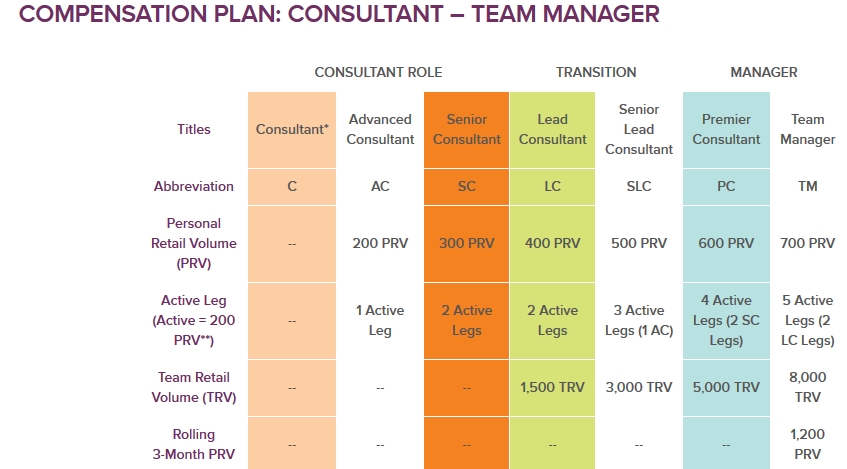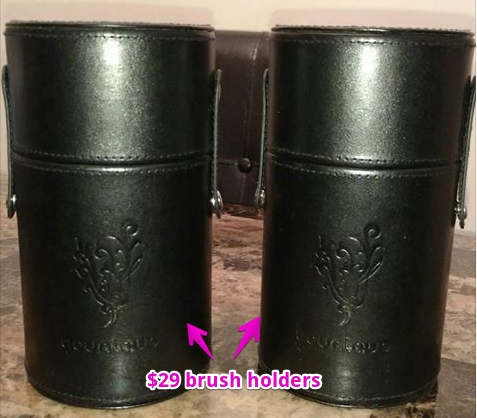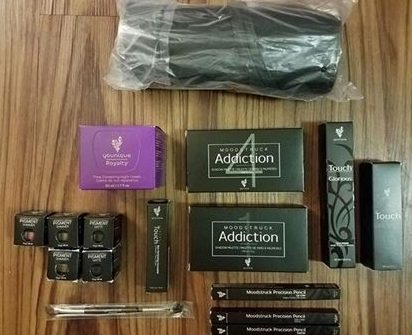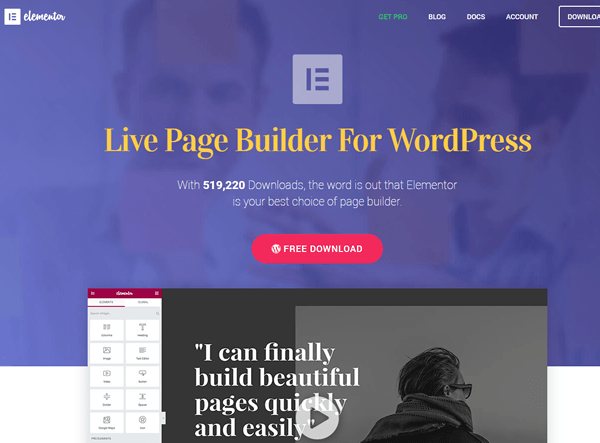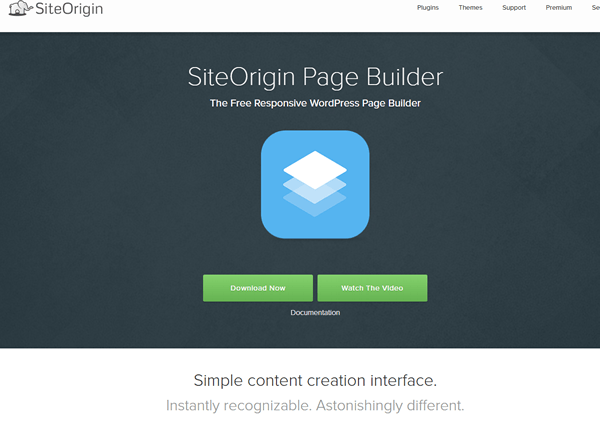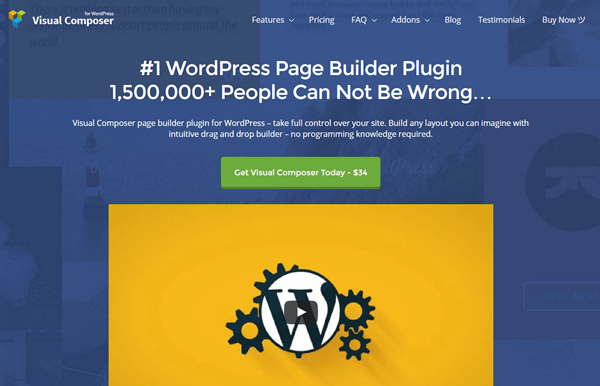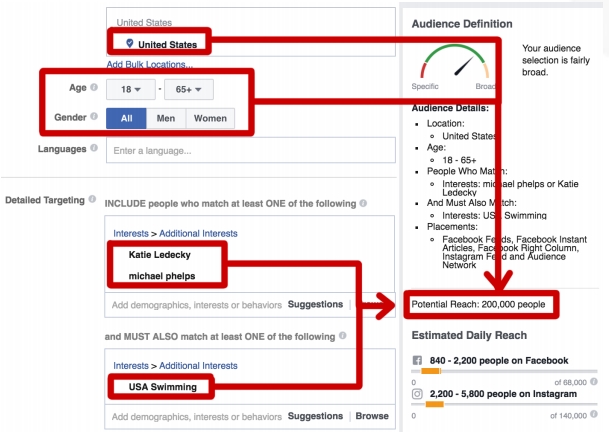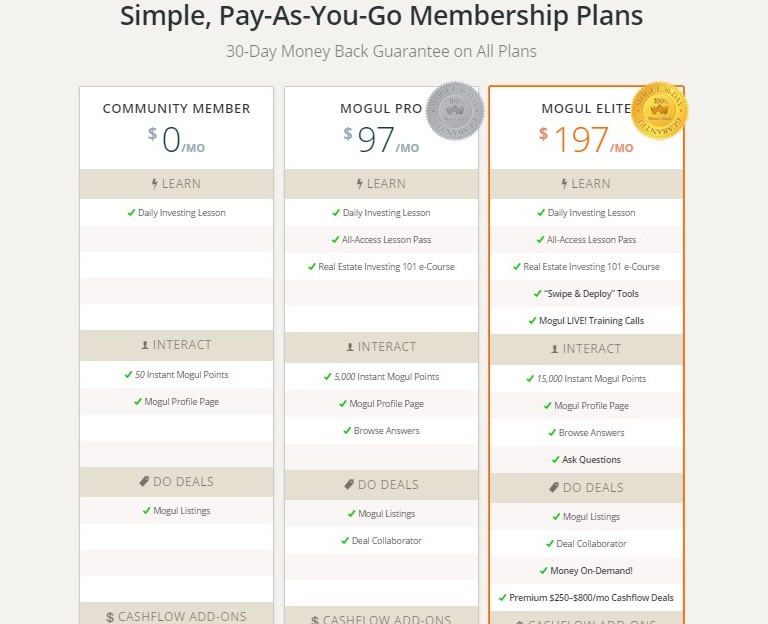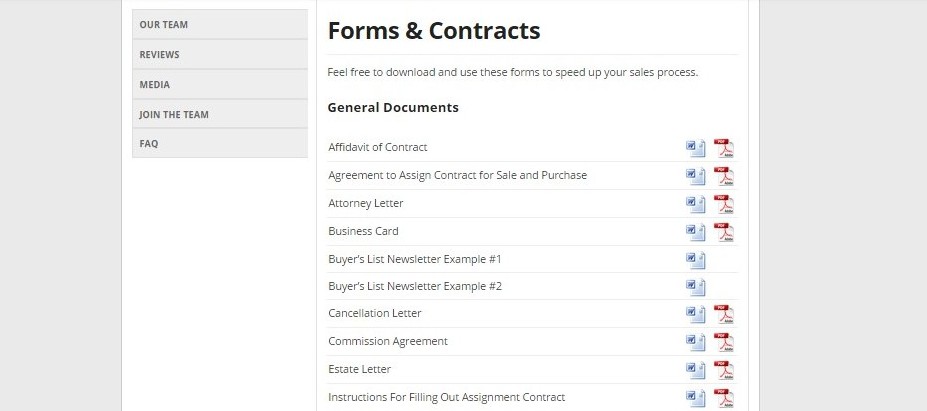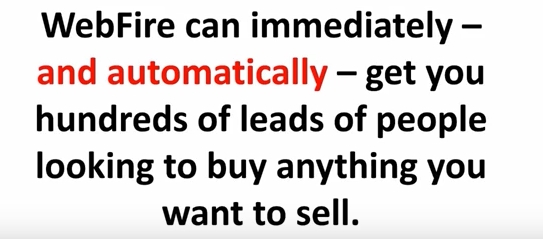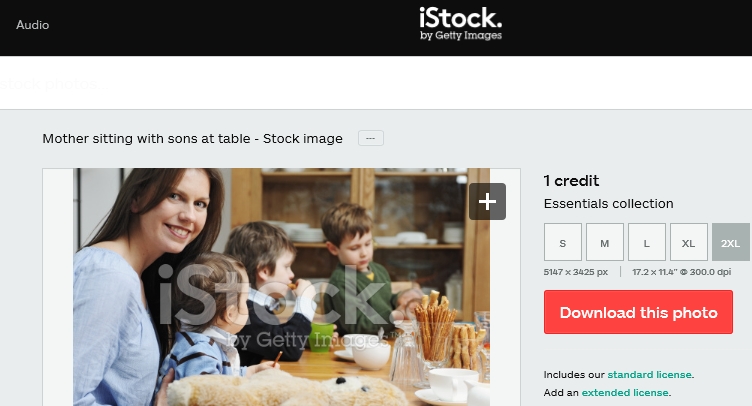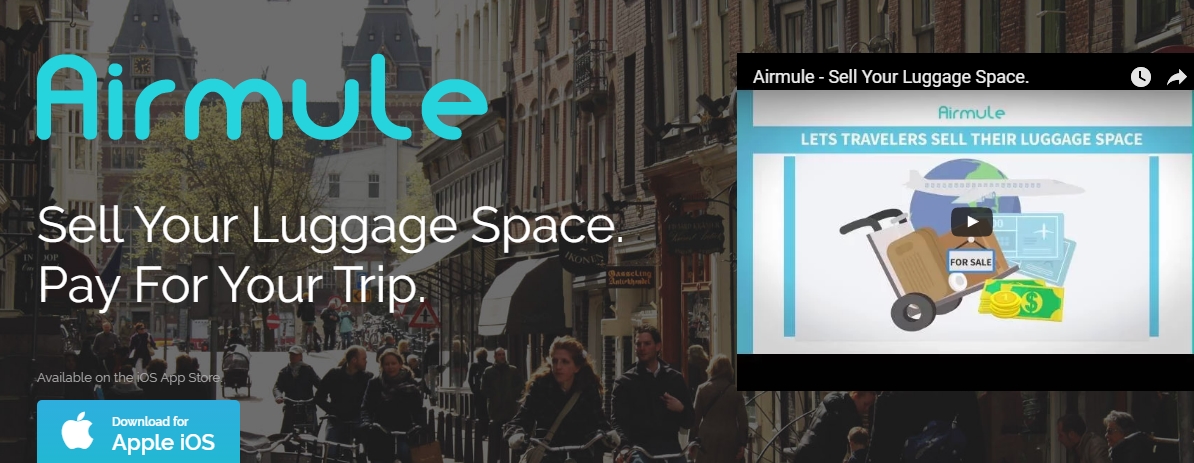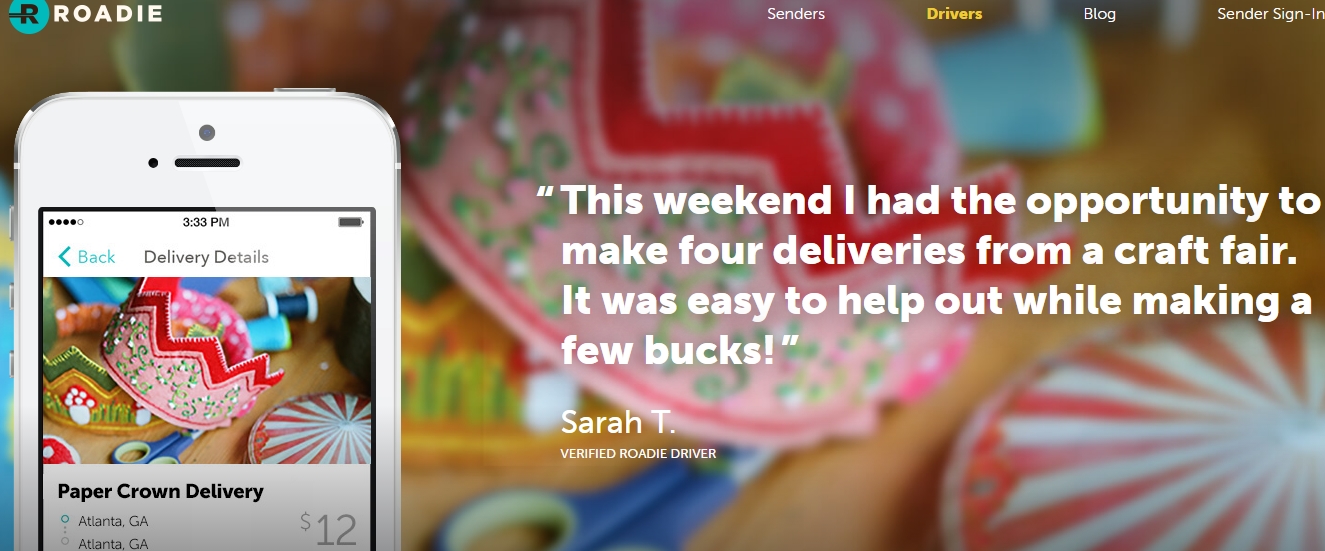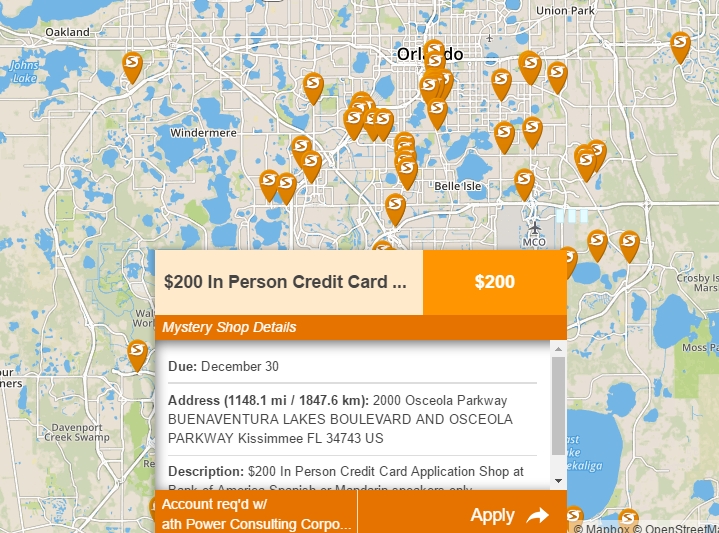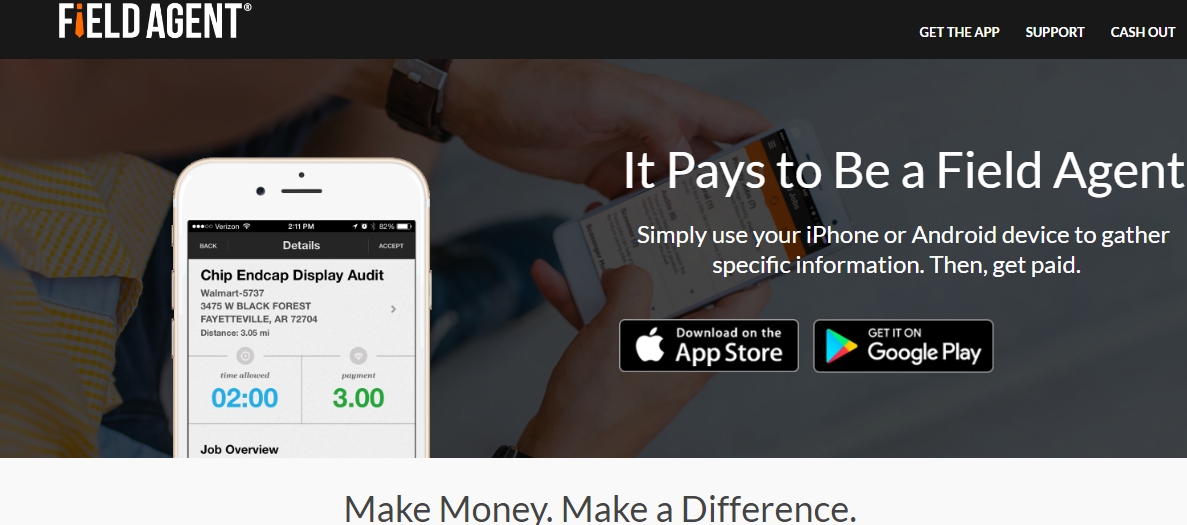Judging by its own descriptor, KEEP Collective sounds great: You get to design your own personalized keepsake jewelry. Also, you help others design their keepsake jewelry and make a commission from your sales.
KEEP Collective has a very catchy slogan: “Design your own jewelry business from home.”
So, is it worth your time and money to get involved with KEEP Collective? Let’s find out.
What is KEEP Collective?
This direct sales company was founded in 2014 by Blythe and Jessica, who, the website story goes, quit their corporate jobs to start KEEP Collective. The company itself sells personalized keepsake jewelry through a direct sales model, meaning that it hires independent contractors, called designers, who purchase company inventory and sell it to their personal customers. There’s also an MLM side to the business because designers can recruit other designers and make commissions from their sales.
KEEP Collective sells two main lines of products, called Keepers and Charms. The Keepers are the base of the jewelry item, such as a bracelet, earring, bag, key fob or necklace. To these Keepers, one can add specific charms like birthstones, engraved metal plates, lockets, timepieces, etc.
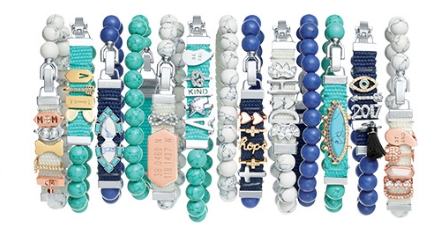
The Keepers range in price from $29 to $49 and are made from either leather or silicone. Necklaces range from $19 to $79. Bags are three sizes and range from $29 to $79. These prices do not include the charms.
Once you have your Keeper selected, you can purchase different charms for personalization. Charms range from $9 to $34.
While you can shop the website and purchase your jewelry online, the company heavily promotes direct selling to others by becoming a “jewelry designer.”

You become a jewelry designer by first purchasing a starter kit from the company. There are three sizes of starter kits. The Basics Kit retails for $99 and provides you with a personal website, training and support. You do not receive any actual products to sell, however.
The Essentials Kit costs $149 and includes everything in the Basics Kit, $500 worth of Keepers and Charms, a display tray and a leather swatch ring.
The Business Builder Kit costs $349, includes everything in the Basics Kit, $1,000 worth of Keepers and Charms, a display tray and a leather swatch ring. You also receive a foldable neck display, three display pillows and five gift bags.
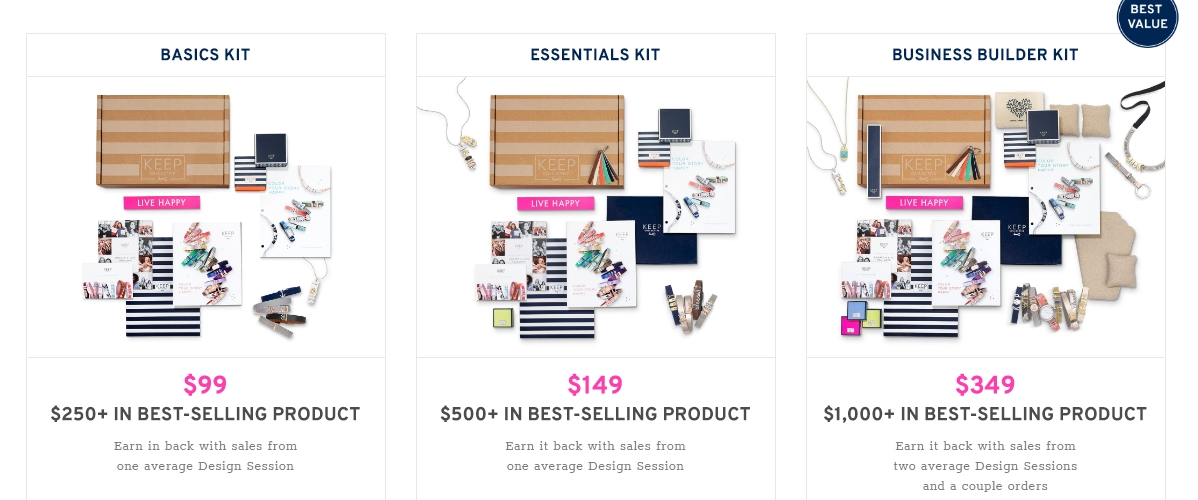
Once any one of the kits is purchased, the newly-minted ‘jewelry designer’ can start her marketing. In this regard, most designers use social media platforms such as Twitter and Facebook to promote their jewelry. Of course, designers can also host parties, whether in their homes or online. Likewise, each designer has a website she can use for promotions and announcements.
What is the KEEP Collective compensation plan?
With KEEP Collective, designers make back 25%-35% of their sales volume as commission. As the below chart shows, designers can technically make enough commission money to actually replace their job income.

Designers also earn commissions by recruiting other designers and building their team (i.e., downline). Downline levels go down as deep as six levels, enabling designers to earn up to 6% from the sales of others.
Is KEEP Collective a worthwhile business?
The good:
The product is nice. Keepers and Charms, as well as the bags and other items from KEEP Collective, look very presentable and can be worn for both casual and formal events. They are each unique in that they are customizable, and so are perfect for events like weddings, graduations, etc.
The company is young. Because KEEP Collective was started only three years ago, it has not yet reached complete market saturation. So, if you can recruit others and/or sell a lot of product, you can rise relatively easily in the ranks. As the below map shows, there is still room to grow.
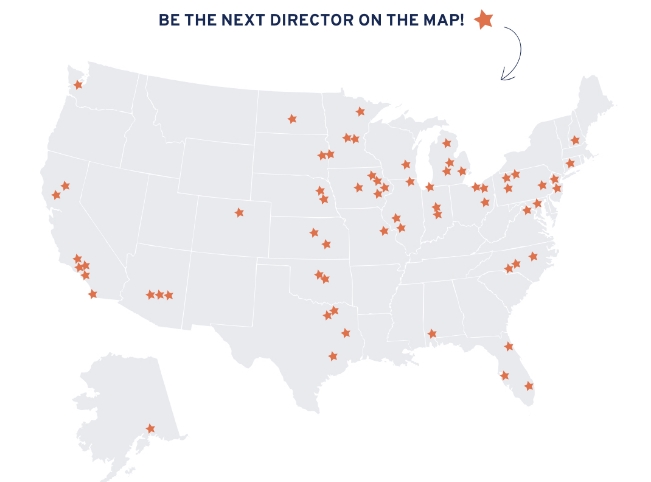
The not-so-good:
The items aren’t cheap. To create a single Keeper and Charm jewelry item for yourself, you’ll need to spend anywhere from $28 to over $100. The bracelet Keepers are made from relatively inexpensive materials such as leather and silicone, so it makes no sense why they are priced as high as $49.
This means that it will be difficult to sell vast quantities of jewelry to all but the more affluent of customers who don’t mind shelling out a few hundred bucks on keepsake jewelry. KEEP Collective will not be an impulse purchase, that’s for sure.
The commissions aren’t high enough. Making 25%-35% in commissions is kind of ridiculous when you consider that you’re the one marketing the products, selling them, hosting parties, collecting payment and maybe even shipping the pieces out. If you’re going to perform three or more jobs for a company, you should start making commissions that are at least 50% (or higher.)
Also, without higher commissions, designers are limited in what kinds of promos and discounts they can offer. A designer can’t run a 50% off deal, for example, or at least not very easily, because then she’s making very little money for herself.
Are designers bailing? If you search for KEEP Collective on eBay, you’ll find loads of items priced at rock-bottom prices. Here are just some eBay listings for KEEP Collective items that are running way below retail value:
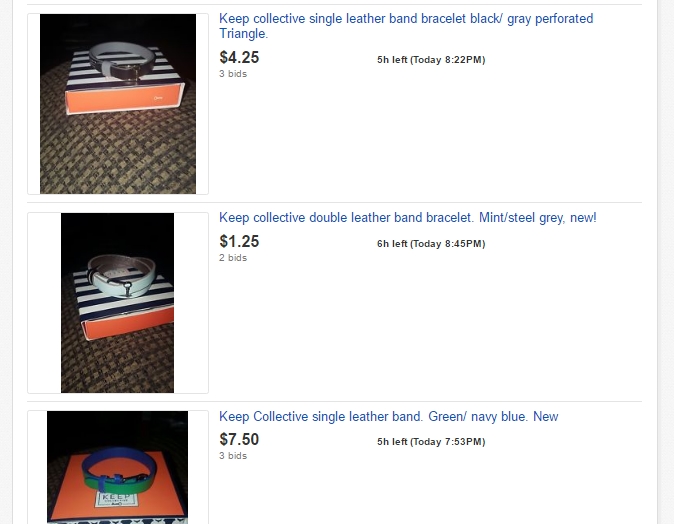
For a relatively young company, having over 1,000 eBay listings featuring heavily discounted merchandise is a troubling sign.
Don’t keep KEEP Collective
If you’re interested in creating custom jewelry for yourself and others, you could easily dropship many KEEP-like items from AliExpress and save yourself a ton of cash. You could even try selling off your excess items and see how well others like them. With AliExpress, you have lots of custom jewelry to choose from, as just this one listing indicates:
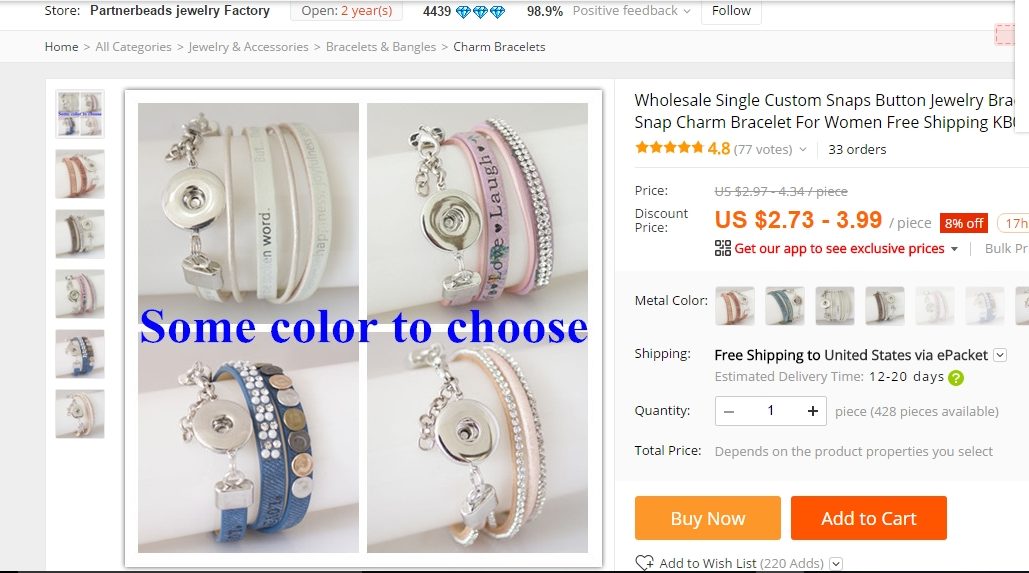
Quite honestly, you could even start your own KEEP Collective business, paying others a commission for each jewelry set they sold. But, that’s a subject for another blog post.
The bottom line with KEEP Collective is that there just isn’t enough of a bottom line to justify the work involved with selling this jewelry. Plus, the jewelry itself isn’t cheap, so many potential customers will pass on the impulse to buy. With so many other jewelry vendors out there, including custom jewelry vendors, the KEEP Collective unique value prop just isn’t that unique.
